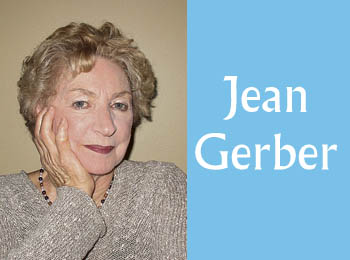Memory, whether individual or communal, can be a fickle thing. What we remember is filtered through the lens of our own experiences. Just ask several people to describe an event, then compare one description with another. No wonder eyewitness accounts are viewed with caution.
Memory can make our lives richer, but it can also trick us, or worse, cast a glow of light (or darkness) over the past. It can give us a very distorted view of our shared history. On the other hand, truly understanding the past, with all its vagaries, gives us invaluable insight into our present.
When we in Vancouver began our Holocaust Documentation Project (well in advance of Steven Spielberg), our intention was to record on video the lives of survivors from our community. When no survivors remained to give first-hand accounts, we would have a record of the past for future generations.
We decided that the interview would not begin with the Holocaust years. We would make sure that viewers of these tapes would hear descriptions of survivors’ lives before the Shoah. This would show that they had the same hopes and aspirations that all of us do, and that the rise of Nazism had disrupted families and communities that had existed long before that terrible watershed date of 1933.
We wanted people to remember that survivors’ lives were rich and complex, that they were not just victims. The tapes would be witness not only to the horror, but to the fullness of life before darkness descended, and also to the strength of those who came through. Thus their stories would reflect the diversity of life in Europe before that dark time. To complete the circle, interviews would include accounts of survivors’ lives after the Shoah.
Similarly, ideas of Jewish history are often distorted by time and by such popular dramas as Fiddler on the Roof, where there is much dancing and a pogrom, often creating a monolithic view of the past. And yet…
A recent weekly parshah dealt with how community life should be lived once the Israelites entered the land of Canaan. Our Shabbat study that week was a “constitution” written in 1756 by two nobles ruling the small Jewish community of Sugenheim. Each noble had six Jewish families under his control. This was not a code written by the Jews, but for them. It laid out in great detail not just what they owed the ruler, but how they should govern themselves.
For example: “No householder shall gossip in the synagogue… After the Eighteen Benedictions, one may speak when absolutely necessary, but idle talk is forbidden under threat of a fine of a quarter of a pound of wax for the Jewish treasury.”
Never mind the gossip. The Jews were also fined if they didn’t show up for services! (My daughter leaned over and whispered to me, “They were a frisky lot” – but that wasn’t gossip, just an observation.)
This constitution was a small version of Frederick the Great’s 1756 constitution for the Jews of Prussia, which set down a long list of requirements for his Jews. Through such documents, we learn that Jewish communities had a rich and varied life, and, notwithstanding the many restrictions, were able to prosper in many fields.
These regulations give us a nuanced picture of the life of Jews in central Europe, just on the cusp of the Emancipation. The community was a sturdy (if gossipy) community of businessmen and craftsmen. Not everyone was well off. Jewish beggars and thieves – of which there were many, often coming from the east after the massacres and expulsions – were not to remain in towns where protected Jews lived. The rulers’ constitution mandated that such outsiders be hustled out after one night and a bit of bread.
As we learned through our interviews with survivors, before the rise of fascism, Jews in Europe were living in varied circumstances. Some still lived a shtetl life, while others in cities such as Warsaw, Berlin and Paris considered themselves fully accepted into the larger society. Jewish life in Europe was anything but monolithic.
I would suggest that we take a deeper look at our history, one that recognizes its nuances. The new year is a great time to begin that study as it truly was, with both its tragedies and its triumphs.
